23 Iconic Cars That Changed Design Language Forever
Some cars don’t just turn heads but redefine the way we think about automotive design. Whether through bold styling, innovative engineering, or futuristic concepts that seemed ahead of their time, these vehicles left a lasting impact on the industry.
These 23 iconic cars didn’t just follow trends—they set them, influencing generations of designers and reshaping the look and feel of automobiles forever. From sleek sports cars to groundbreaking sedans, their legacy is still visible on the roads today!
1. Ford Model T (1908)
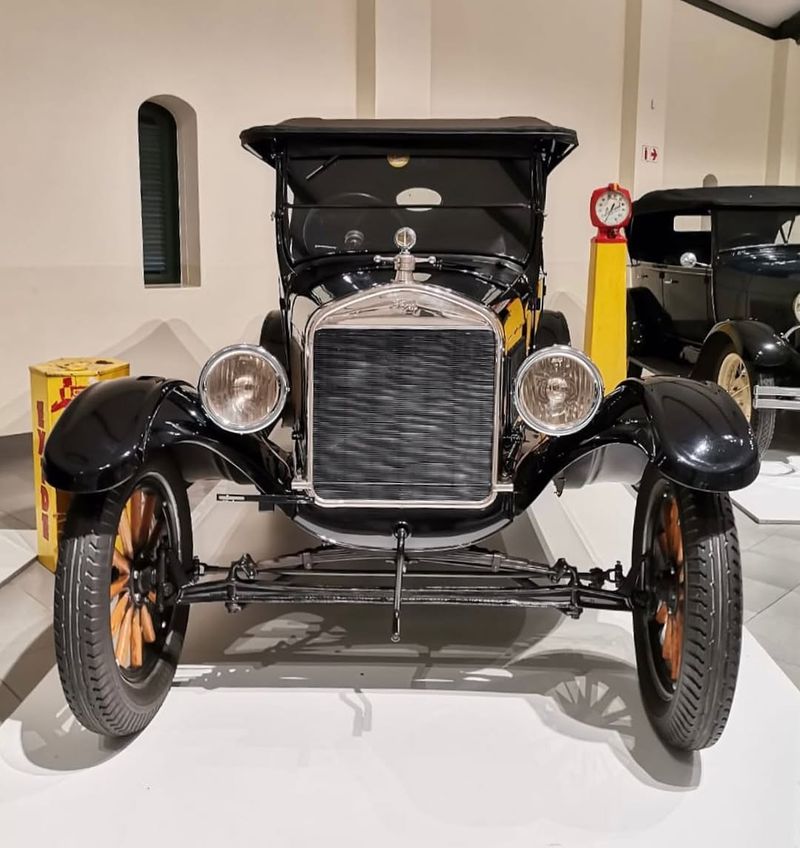
The Ford Model T, debuting in 1908, made cars accessible to the masses. Its design emphasized functional simplicity, allowing for mass production. This vehicle changed how automobiles were perceived, transforming them from luxury items to everyday necessities.
Its influence is seen in today’s approach to efficiency and affordability. The Model T’s legacy lives on in the concept of making innovation accessible to everyone.
2. Chevrolet Corvette (1953)
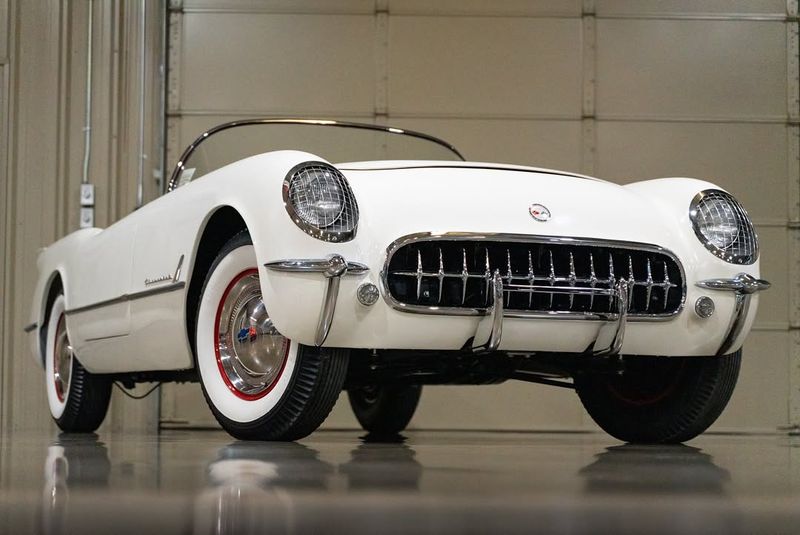
When the Chevrolet Corvette made its debut in 1953, it brought a new level of elegance and athleticism to American roads. With its swooping curves and fiberglass body, the Corvette was unlike anything else at the time—a true symbol of American engineering and flair.
Beyond its good looks, the Corvette introduced a sporty persona that would influence countless vehicles in its wake. Even now, this iconic car continues to push the boundaries of design and performance, embodying the evolution of the American sports car.
3. Porsche 911 (1964)
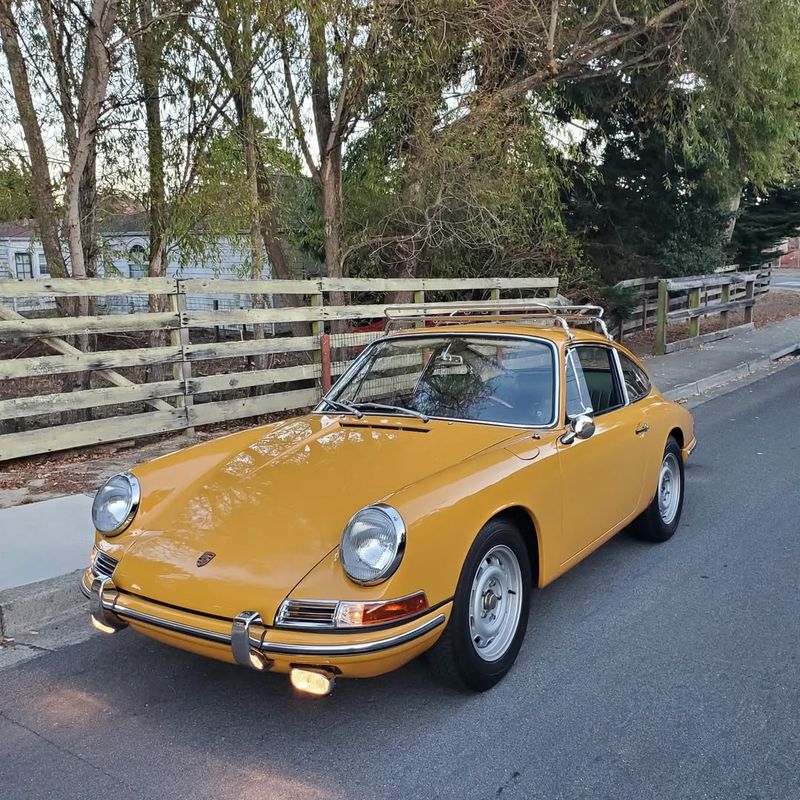
Porsche’s 1964 911 is celebrated for its iconic silhouette and rear-engine design. This car’s unique engineering influenced countless sports cars that followed. Its balanced proportions and distinctive shape remain a benchmark in automotive aesthetics.
Modern sports cars continue to draw inspiration from the 911’s timeless appeal, making it a true legend in car design.
4. Volkswagen Beetle (1938)
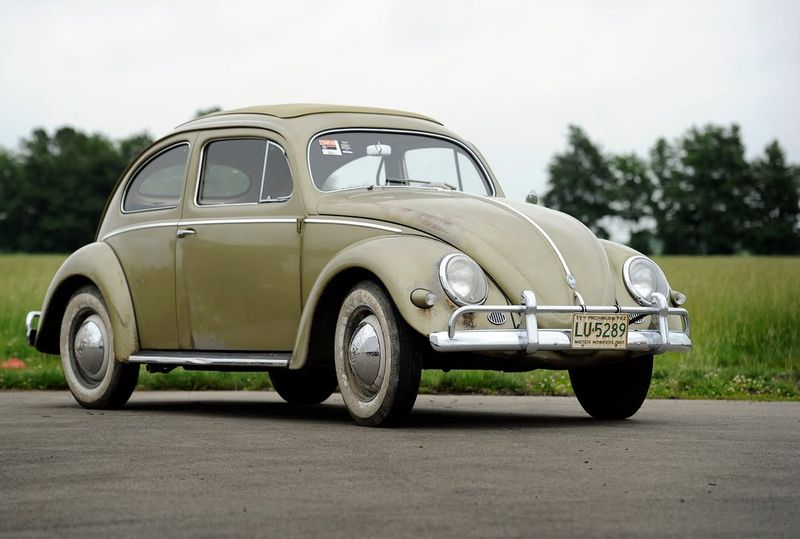
Few cars are as recognizable as the Volkswagen Beetle, introduced in 1938. Its rounded, compact form wasn’t just distinctive—it represented simplicity and reliability for everyday drivers.
Loved around the world, the Beetle proved that small cars could be both stylish and practical. Its clever use of space and enduring charm set the tone for generations of compact cars that followed, and its influence remains embedded in automotive culture to this day.
5. Mercedes-Benz 300SL Gullwing (1952)
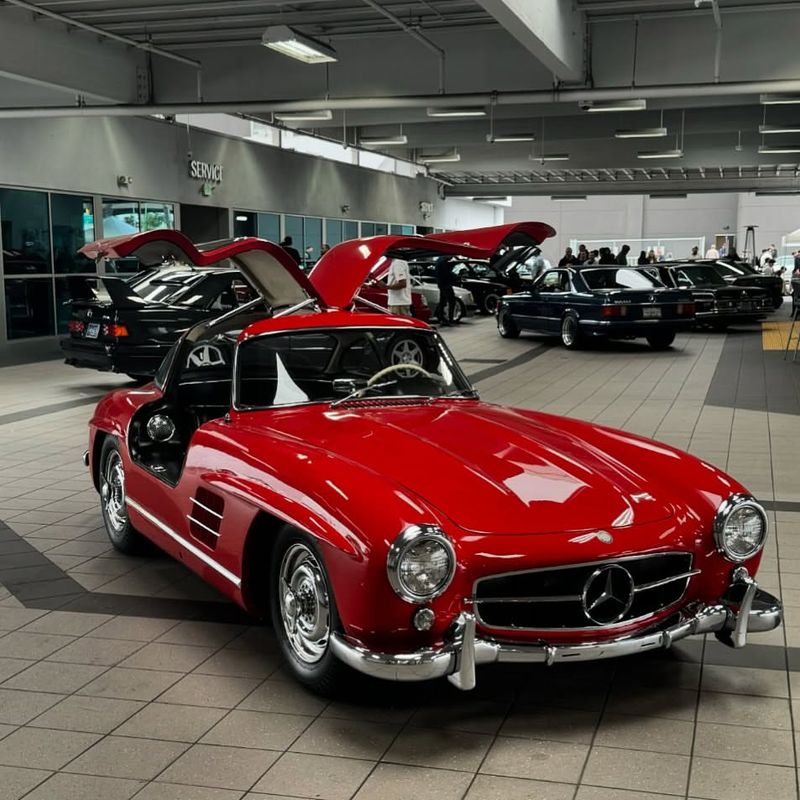
Famous for its upward-opening doors, the 1952 Mercedes-Benz 300SL Gullwing set new standards in luxury car design. Its aerodynamic profile was ahead of its time, influencing future luxury vehicles.
The Gullwing’s blend of elegance and performance continues to resonate in modern high-end cars, making it an enduring symbol of sophistication.
6. Chrysler Airflow (1934)
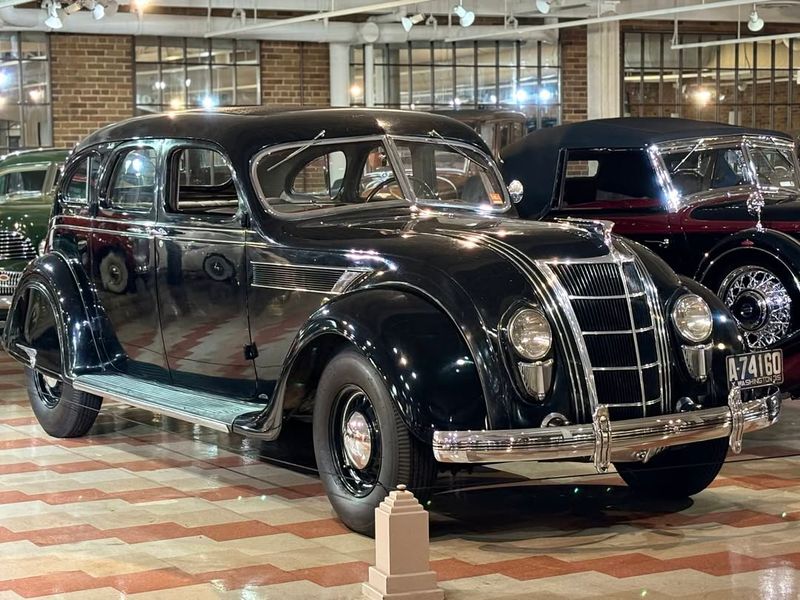
Breaking away from the boxy shapes of its time, the 1934 Chrysler Airflow was a daring leap forward in automotive design. Prioritizing aerodynamics long before it became mainstream, the Airflow introduced smooth curves that reduced drag and improved efficiency.
Though met with skepticism at first, its influence on future vehicles cannot be overstated. Today’s emphasis on aerodynamics and sleek profiles owes much to the pioneering vision of the Airflow, which proved that function and form could coexist beautifully.
7. Jaguar E-Type (1961)
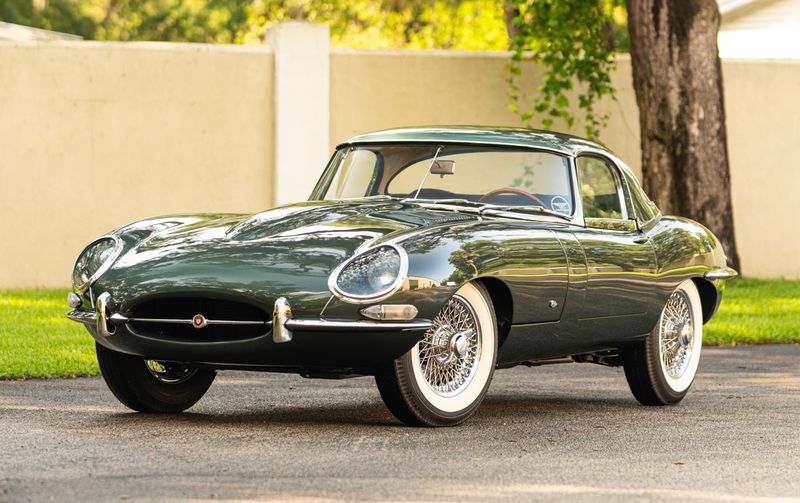
Widely regarded as one of the most beautiful cars, the 1961 Jaguar E-Type redefined sports car aesthetics. Its sleek lines and stunning design captivated the public and influenced sports car designs globally.
The E-Type’s allure remains unmatched, with its design principles still evident in modern sports cars.
8. Ford Mustang (1964)
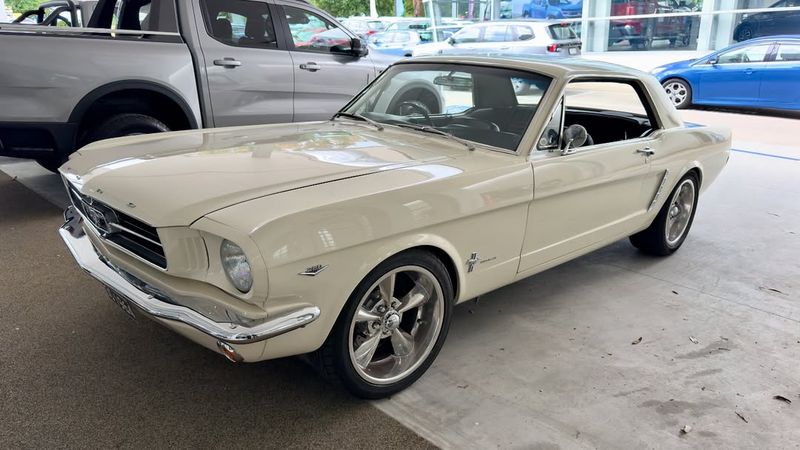
The debut of the Ford Mustang in 1964 was nothing short of a cultural phenomenon. With its aggressive lines and sporty demeanor, the Mustang introduced a bold new era of muscle cars to American streets.
Capturing the youthful spirit of freedom and power, the Mustang quickly became an icon, setting the standard for performance coupes. Even today, its influence is felt in modern automotive design, where echoes of its fearless style continue to roar.
9. Lamborghini Miura (1966)
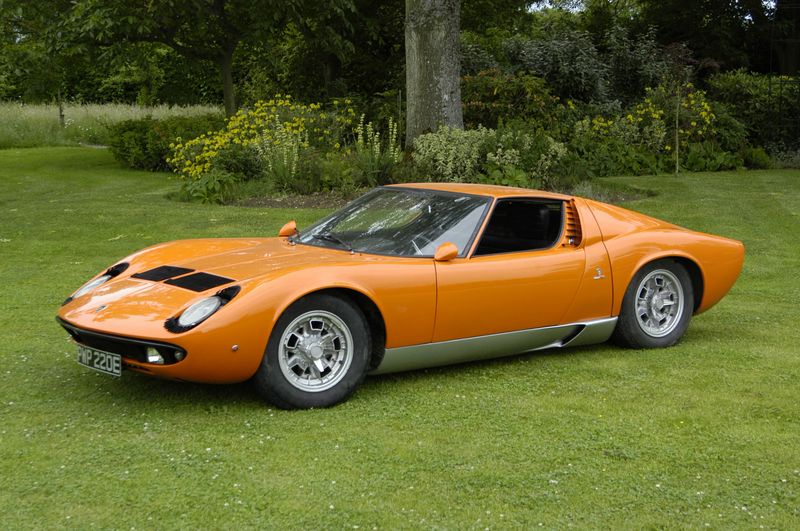
The Lamborghini Miura debuted in 1966, redefining the supercar with its low-slung profile and aggressive lines. It became the epitome of Italian design, influencing the look of modern luxury sports cars.
Miura’s groundbreaking aesthetics continue to inspire today’s high-performance vehicles.
10. Tesla Model S (2012)
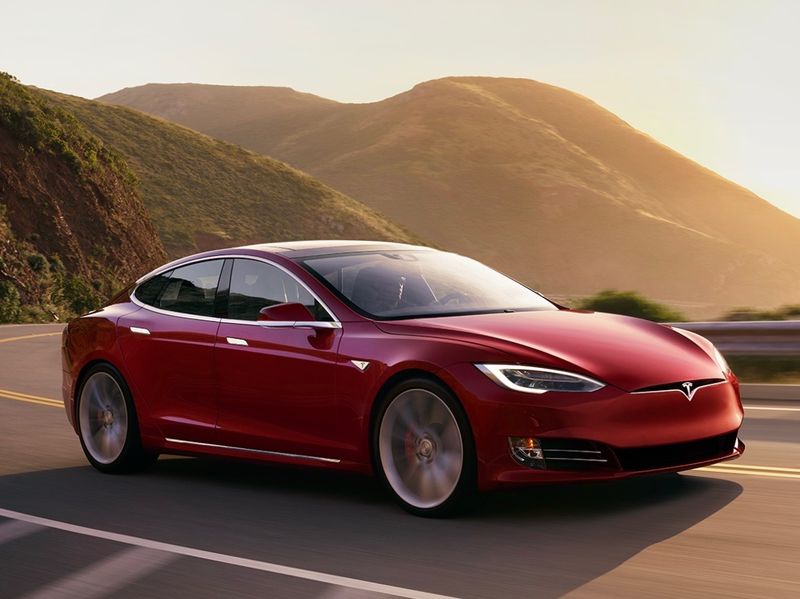
Tesla’s Model S wasn’t just another electric car when it arrived in 2012—it was a revolution. With its sleek, minimalist design and cutting-edge technology, the Model S reimagined what an electric vehicle could be, combining luxury with sustainability.
Its smooth lines, absence of a traditional grille, and focus on efficiency set a new benchmark for modern car design. The Model S has since shaped the direction of the automotive industry, encouraging a shift toward tech-forward, eco-friendly vehicles that don’t compromise on performance or elegance.
11. BMW 328 Roadster (1937)
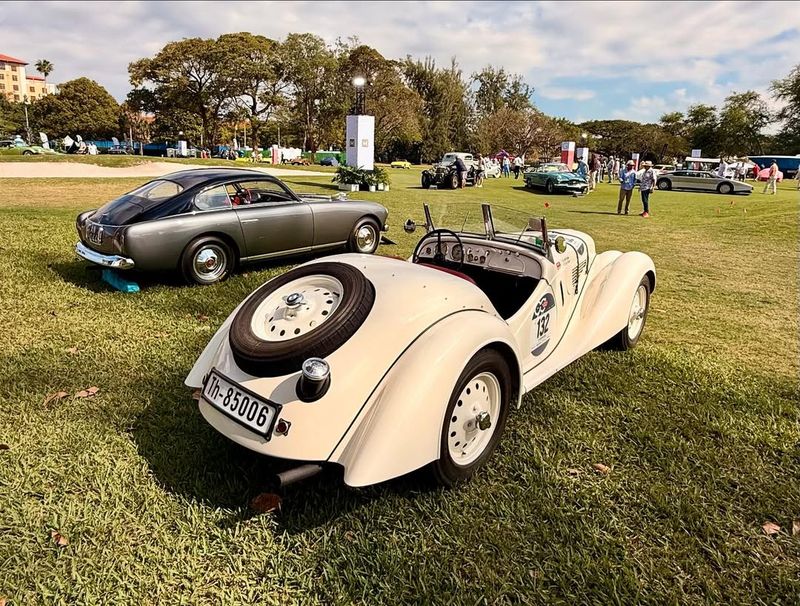
The 1937 BMW 328 Roadster set a new standard in both design and performance. Its lightweight build and sleek lines influenced future racing cars, emphasizing efficiency and style.
The 328’s legacy is its pioneering spirit and its role in shaping modern automotive performance.
12. Mini Cooper (1959)
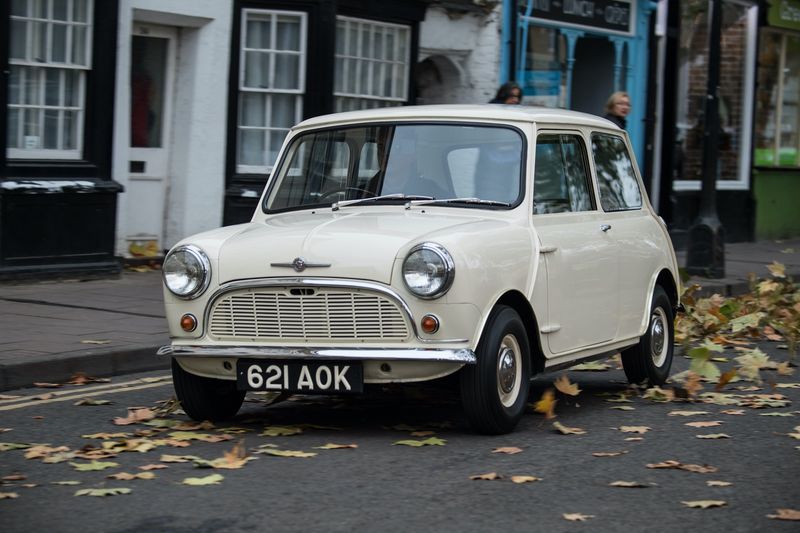
Challenging the notion that bigger was better, the 1959 Mini Cooper introduced a compact, playful design that turned heads and changed minds. Its clever engineering made exceptional use of space, delivering practicality without sacrificing style.
The Mini became a global sensation, proving that small cars could be fun, fashionable, and functional. Its legacy is evident in the way today’s compact cars continue to balance efficiency with personality, making every drive an enjoyable experience.
13. Chevrolet Camaro (1967)
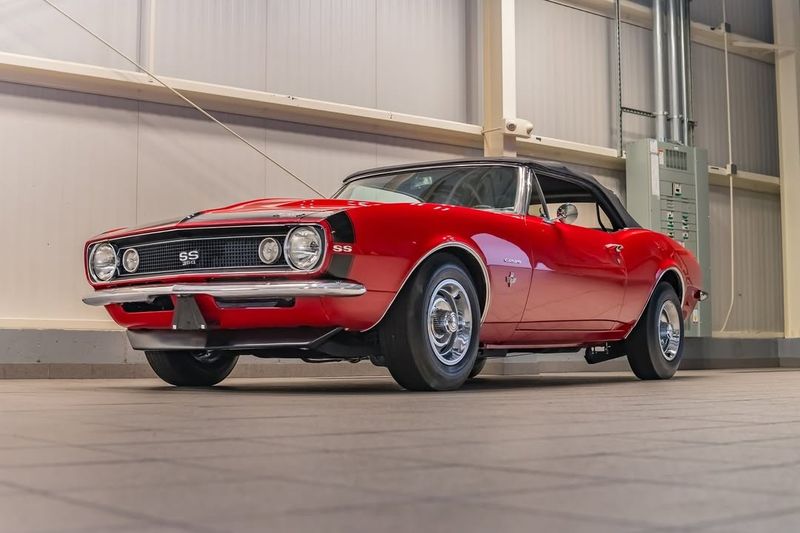
The 1967 Chevrolet Camaro established itself as an iconic muscle car with bold lines and aggressive styling. It defined the American performance car aesthetic, captivating enthusiasts with its dynamic presence.
The Camaro’s legacy endures in its iconic status and influence on modern sports car design.
14. Audi Quattro (1980)
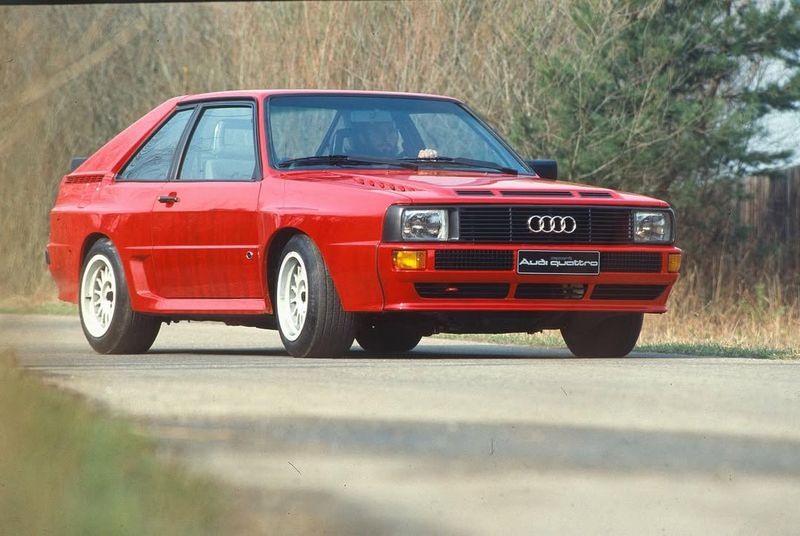
When Audi introduced the Quattro in 1980, it rewrote the rules of performance vehicles. This sleek coupe brought all-wheel drive to the forefront of sports car design, blending sharp looks with revolutionary handling.
The Quattro wasn’t just fast; it was innovative, setting new standards for traction and control. Its influence can still be seen in modern performance cars that prioritize grip and agility—proving that groundbreaking technology can also be wrapped in beautiful design.
15. Range Rover (1970)
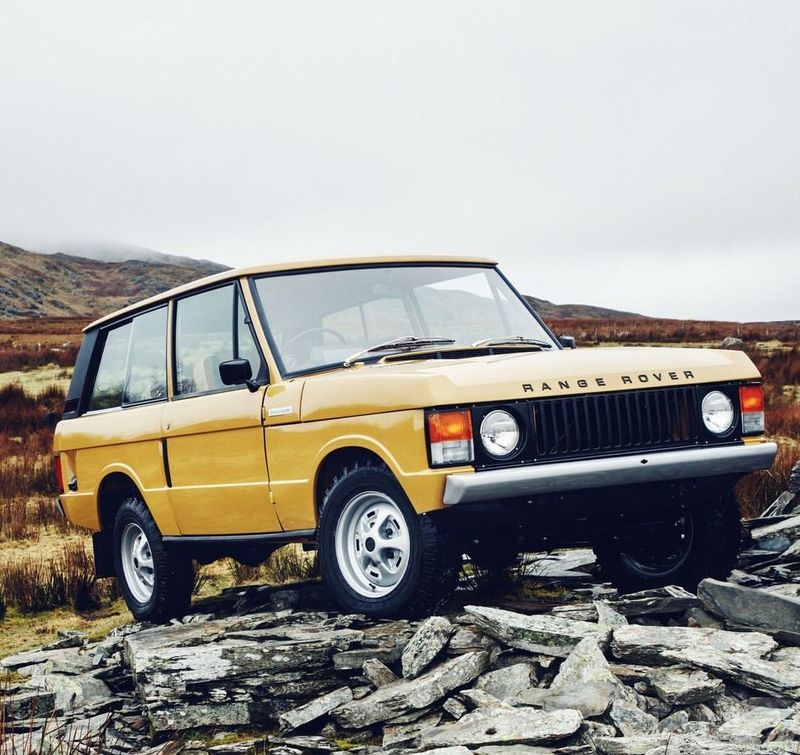
The 1970 Range Rover defined the luxury SUV category with its blend of off-road capability and refined design. It set a new standard for versatility and comfort, influencing the evolution of the SUV market.
The Range Rover’s legacy is its role as a pioneer in luxury and rugged automotive design.
16. DeLorean DMC-12 (1981)
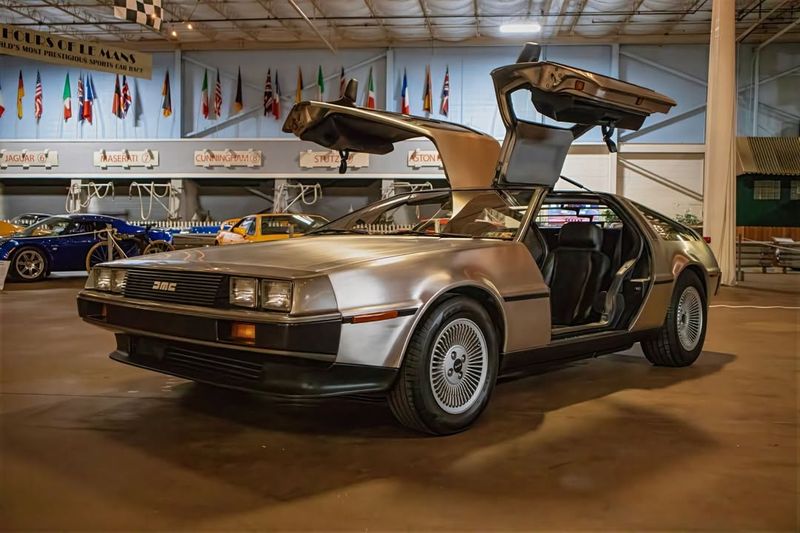
Few cars are as instantly iconic as the DeLorean DMC-12, released in 1981. With its brushed stainless-steel body and signature gullwing doors, the DeLorean looked like it had driven straight out of the future—and thanks to “Back to the Future,” it practically had.
Beyond pop culture fame, the DMC-12 showcased a bold, unconventional vision of automotive design. Its legacy lies in its unique aesthetic and enduring place as a symbol of daring creativity in car manufacturing.
17. Nissan Skyline GT-R (1969)
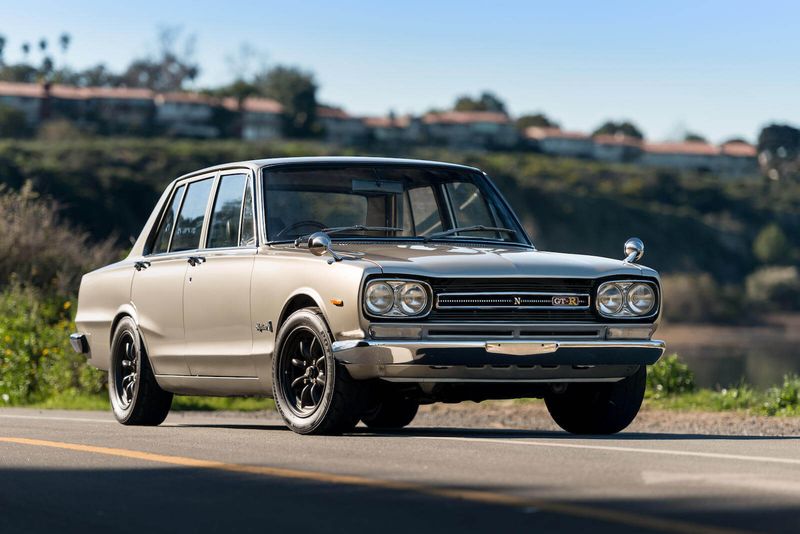
Debuting in 1969, the Nissan Skyline GT-R brought aggressive performance to the Japanese car scene. Its cutting-edge design became an icon in motorsport, influencing the aesthetics of performance cars.
The Skyline GT-R’s legacy is its enduring impact on car culture and design.
18. Aston Martin DB5 (1963)
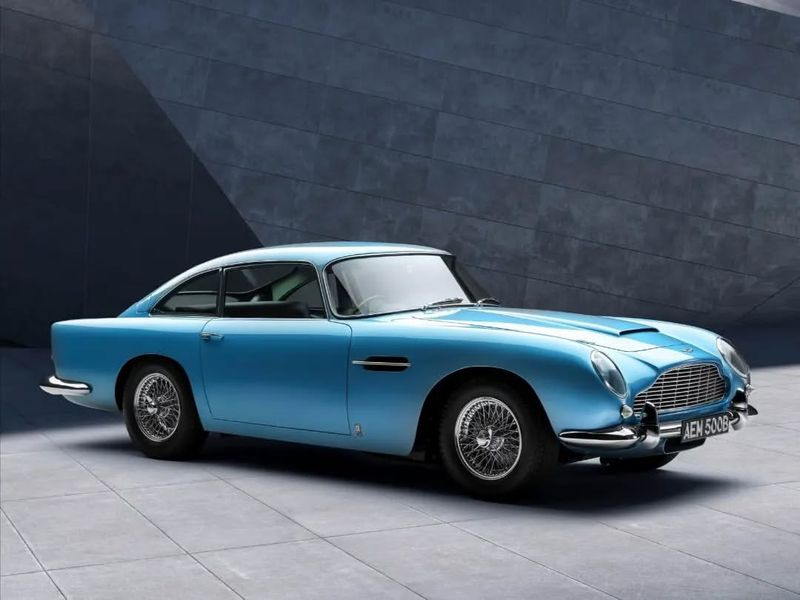
Nothing says sophistication quite like the Aston Martin DB5, which first turned heads in 1963. With its graceful curves and refined elegance, the DB5 wasn’t just a car—it was a statement of luxury and class.
Immortalized as James Bond’s vehicle of choice, the DB5 defined the quintessential British sports car. Its influence on luxury design is still felt today, with modern grand tourers borrowing heavily from its timeless style and poise.
19. Toyota 2000GT (1967)
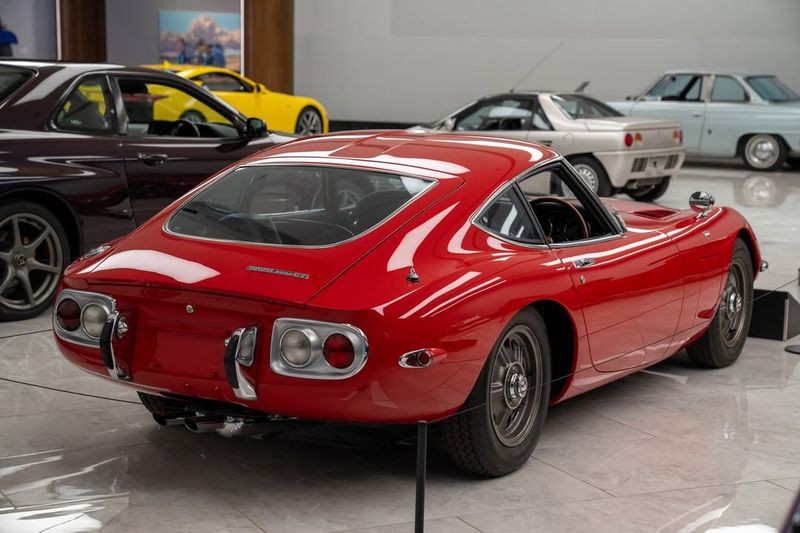
The 1967 Toyota 2000GT showcased Japan’s ability to compete in the luxury sports car market. Its elegant, performance-driven design influenced perceptions of Japanese automotive capabilities.
The 2000GT’s legacy is its role in elevating Japan’s status in the luxury car segment.
20. Ferrari F40 (1987)
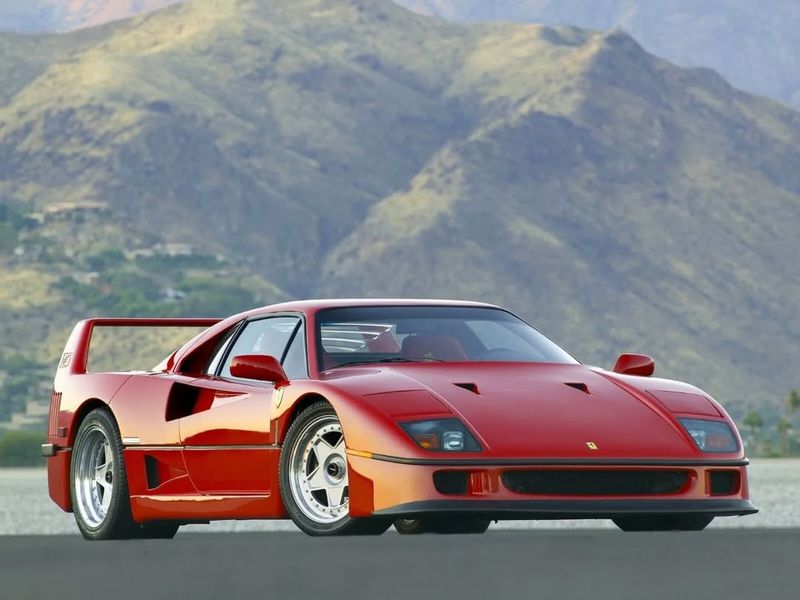
The Ferrari F40, introduced in 1987, was raw, unapologetic performance wrapped in aerodynamic sharpness. Built to celebrate Ferrari’s 40th anniversary, it was designed with a singular focus on speed and precision, featuring bold lines and aggressive vents that screamed purpose.
Minimalist yet dramatic, the F40 proved that extreme performance could also be a design statement. It remains a reference point for supercar design, influencing the fierce, aerodynamic shapes we see in today’s high-performance vehicles.
21. Citroën DS (1955)
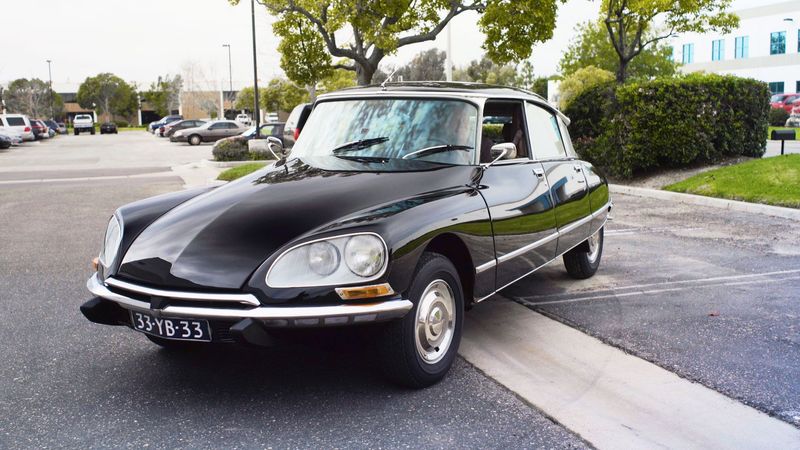
The 1955 Citroën DS is famous for its futuristic design and technical innovations, including hydropneumatic suspension.
It set new standards in comfort and aesthetics, influencing modern car design. The DS’s legacy is its pioneering spirit and impact on automotive innovation.
22. Honda Civic (1972)
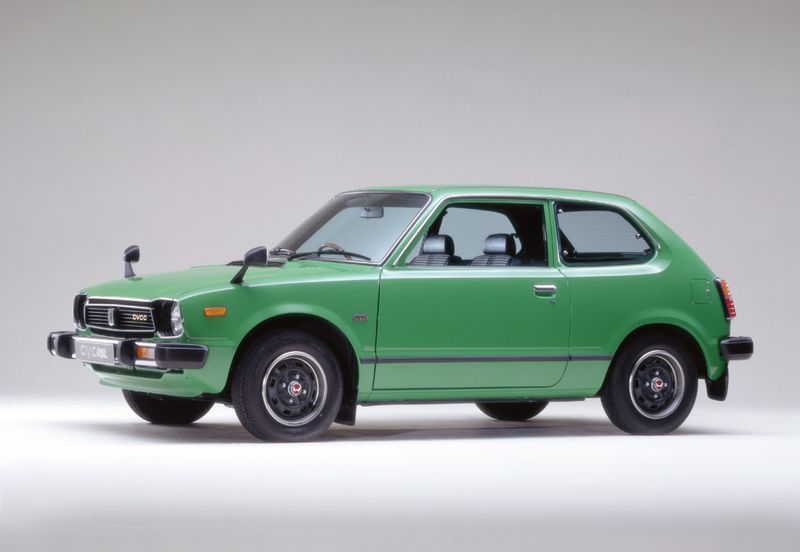
Arriving at a time when efficiency was paramount, the 1972 Honda Civic redefined practicality with its compact form and reliable performance. It wasn’t just a small car—it was a smart car, designed to meet real-world needs without sacrificing charm.
The Civic’s design set a template for the modern hatchback: economical, user-friendly, and stylish in its simplicity. Its influence has endured for decades, making it one of the most beloved and enduring names in automotive history.
23. Dodge Viper (1992)
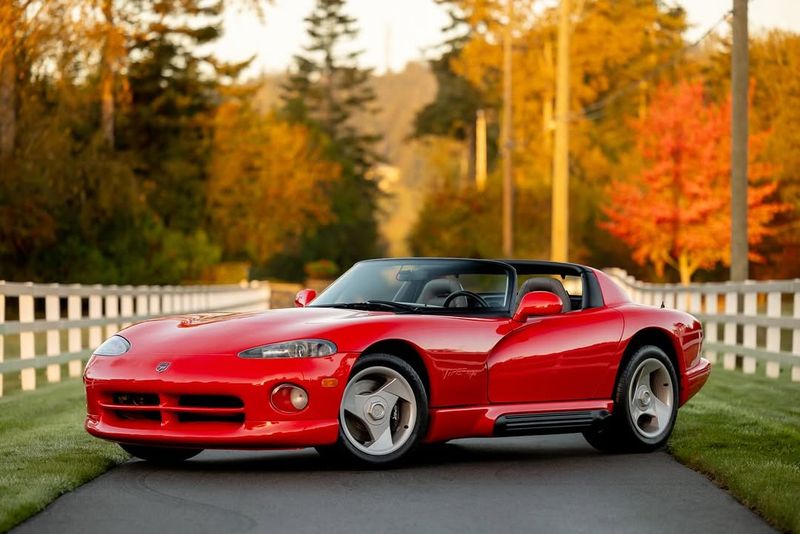
Introduced in 1992, the Dodge Viper’s design emphasized power and aggression. This American supercar became a symbol of raw, untamed performance, captivating enthusiasts worldwide.
The Viper’s legacy is its bold approach to design and its influence on the perception of American automotive prowess.
